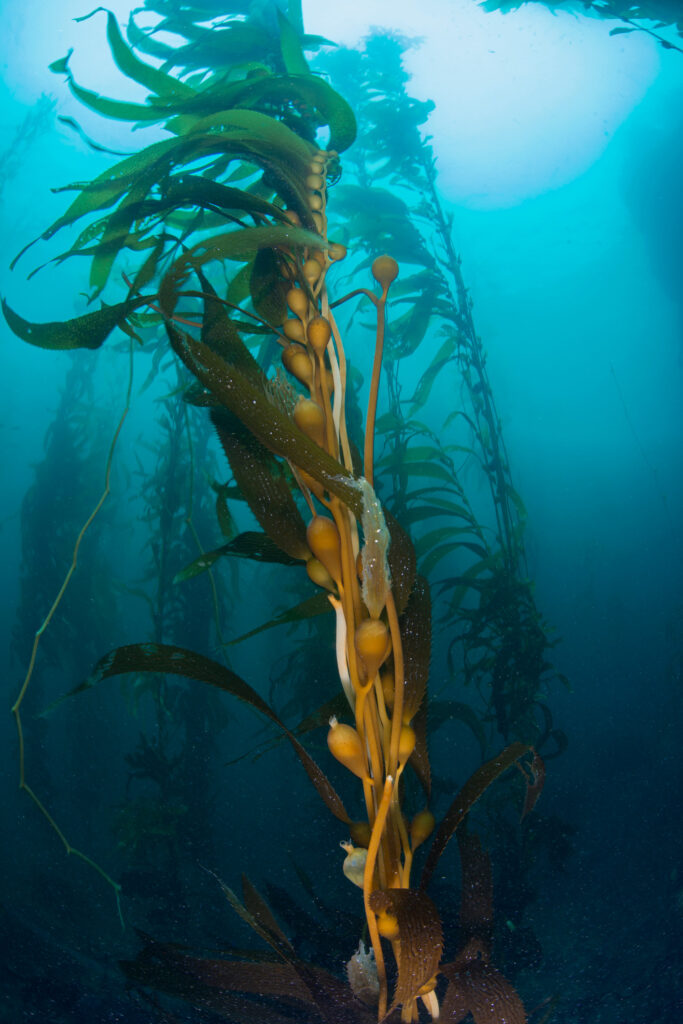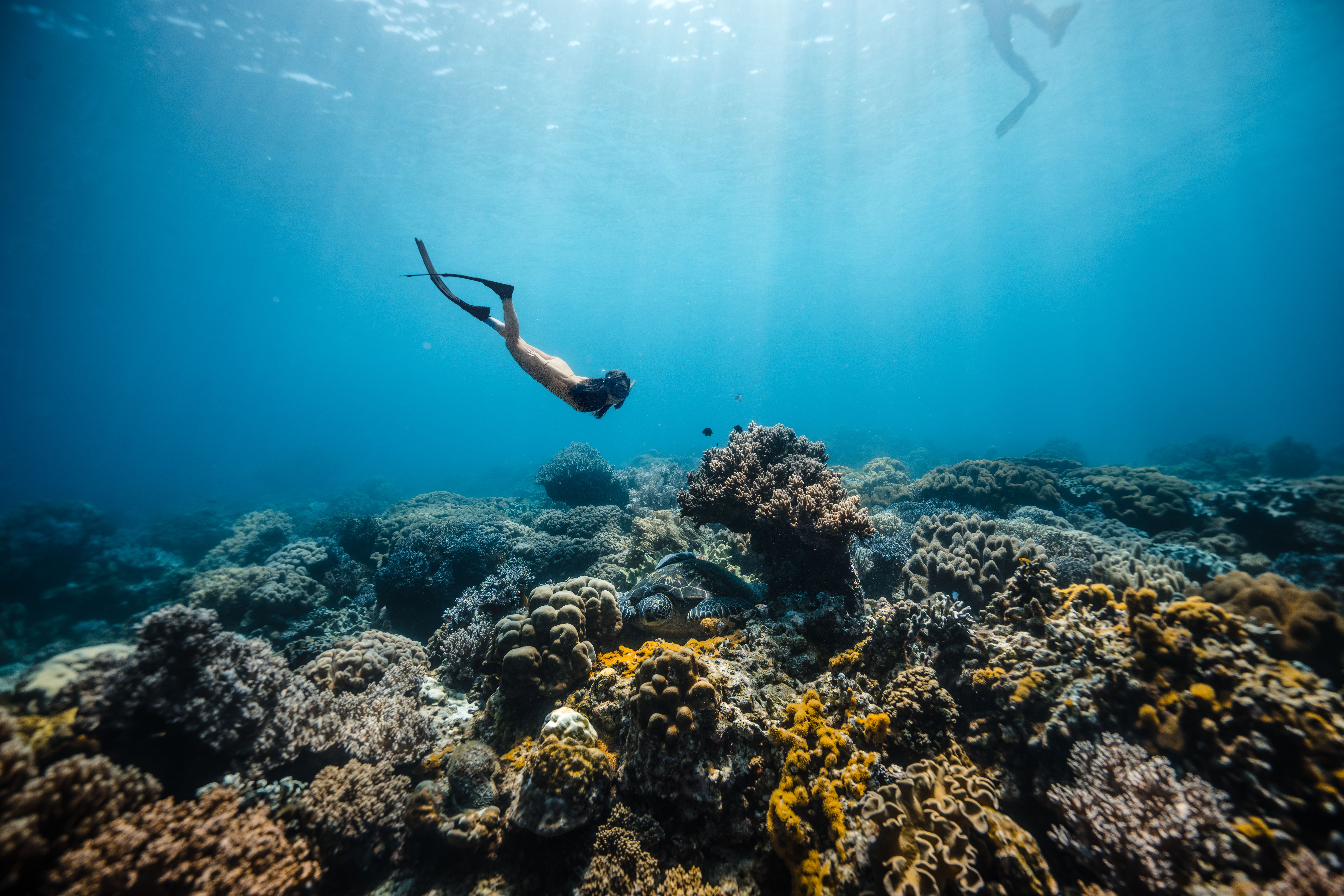The Catalina Island kelp forest is one of nature’s most magnificent underwater ecosystems. Located off the coast of Southern California, this aquatic paradise is teeming with life and offers a unique experience for divers and marine enthusiasts. If you’re planning to explore the depths of the ocean or simply want to learn more about these wondrous environments, here’s what you need to know about the Catalina kelp forest.

Understanding Kelp Forests
Kelp forests are underwater areas with a high density of kelp, which are large brown seaweeds that grow in shallow oceans. These marine forests create complex habitats that support a diverse array of marine life. Kelp forests are not only beautiful to behold but also play a crucial role in maintaining ecological balance and supporting local fisheries.
The Ecology of Kelp
Kelp grows rapidly and can reach heights of over 30 meters, forming the structural foundation for the kelp forest ecosystem. These towering plants offer shelter and food for countless marine species, including fish, invertebrates, and marine mammals.
Catalina Island Kelp Forest: A Freediver Haven
The kelp forest around Catalina Island is renowned for its breathtaking beauty and the abundance of marine life it supports. It is a premier destination for scuba divers and snorkelers who come to witness the intricate dance of light through the kelp’s canopy and the bustling activity of its aquatic inhabitants.
Marine Life in Catalina Kelp Forest
Within the Catalina kelp forest, one can encounter a variety of marine species such as Garibaldi, California’s state marine fish, leopard sharks, sea lions, and numerous species of invertebrates. It’s not uncommon for divers to find themselves swimming alongside giant black sea bass or observing the delicate movements of a sea urchin.
Conservation Efforts
The health of kelp forests, including those surrounding Catalina Island, is essential for the well-being of the ocean’s ecosystems. Conservation efforts are in place to protect these areas from threats such as pollution, climate change, and overfishing. By respecting fishing regulations and supporting conservation initiatives, we can help ensure the survival of these vital underwater forests for future generations.
Visiting Catalina Kelp Forest
When planning a visit to the Catalina kelp forest, it’s important to choose a reputable tour operator who follows environmentally friendly practices. Many companies offer guided tours that provide insight into the ecosystem and its inhabitants, making for an educational and memorable experience.
Best Time to Visit
The best time to visit the Catalina kelp forest is during the warmer months when water visibility is at its highest. However, the forest is a dynamic environment that changes with the seasons, offering a different experience throughout the year.
Conclusion
The Catalina kelp forest is a natural treasure that offers a glimpse into the rich complexity of marine ecosystems. Whether you’re a seasoned diver or a curious observer, the kelp forests of Catalina Island provide an unparalleled opportunity to connect with the ocean’s wonders. Dive in and explore this underwater marvel, but remember to tread lightly and respect the delicate balance of this aquatic environment.
For those who have visited or are planning to explore the Catalina kelp forest, share your experiences or expectations in the comments below.


